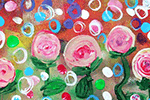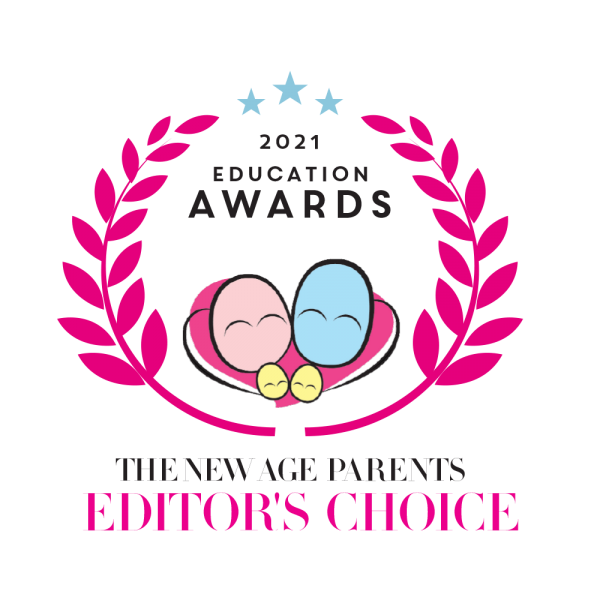Arts Education
- Promoting Creativity in Children
- Making Your Own Children's Art Studio at Home
- Importance of Art in Learning
- Art Safety for Children
- Art Mazes for Children
Making Your Own Children’s Art Studio at Home
Many parents who bring their children to Artary often have questions about our art supplies and our sources! More parents are beginning to realise the importance and benefits of arts to their children, and are increasing active towards providing a suitable arts and crafts environment for their children at home.
Setting up your own art studio at home is easy, and often requires a trip to the the furniture mall and the book store. Start with basic art supplies, and build up your home children’s art studio along the way.
Setting up your own art studio at home is easy, and often requires a trip to the the furniture mall and the book store. Start with basic art supplies, and build up your home children’s art studio along the way.
Basic Art Materials Supply List
- Paper Lots of paper! Prepare papers of every shape, size and colour. Paper can come be recycled, or new. You can use paper from the photocopier, newspapers, magazines, or pamphlets. Even clean paper grocery bags (not in contact with food) cut up into use sizes will do fine. Keep paper of different thickness, from magazine hardboards, packing boxes or tissue boxes. Don’t be concerned about finding paper in the right colour, you can always paint over it!
- Pencils Have some pencils prepared, as pencils are often subjected to twisting, bending and dropping. Use thicker pencils for younger children for better grip and ease of control. Choose pencils which do not leave residue on the paper, and are easy to erase.
- Crayons Prepare a set of soft crayons of at least 12 colours. Always arrange the crayons according to the colours of the rainbow, not only to entice your colours, but also teaches your child the discipline of returning crayons after use! Choose bright colours, and always keep an extra or two for white and black colours.
- Markers These come in handy for quick sketching on cardboard or newspapers, and their stroke thickness makes it easy for children to follow your drawings. Whenever possible, use water-based, washable and odorless markers, and avoid alcohol based markers.
- Modeling material Always prepare some modeling material, in various colours and amounts. Modeling materials such as clay, play dough or plasticine are useful for children to learn about properties of materials, as well as basics of kneeding and moulding of shapes. Modeling is useful in creating 3D mock ups of animals, buildings and objects.
- Scissors Cutting is an integral part of the preparation of art materials, and children should participate in preparing the materials too. For younger children, always opt for safety scissors with short blades and blunt tips. Adult supervision is required for any cutting activities.
- Glue Get ready a bottle of adhesive for making collages, or mending tears and miscuts. If purchased in large bottles, dispense them through smaller bottles fit for smaller hands. Look out for white, non-toxic water-based glues that are easy see during application and easy to wash.
- Paint Store a variety of paint in your studio. For starters, use acrylic and poster colour paints. Acrylic paint is easy to manage, and can usually be used straight of the container, and can be washed off easily within if still wet. Poster paints provide vibrant colours and can be useful to teach children the concept of diluting.
- Brushes Keep a variety of different sized brushes (at least 4 sizes, from ¼” to 1″). Encourage children to use different sized brushes for different elements, and the basics of washing paint off brushes. Teach your children how to wash their brushes and you will notice them using less paint!
- Easel or table Have a cleared table prepared for art. Maintaining neatless prevents water and paints from falling off the table (it happens more often than you think!) and allows your child to concentrate better on the process at hand. A height adjustable table is preferred, or use a bookstand or easel.
- Recycled craft objects Keep a box of small objects suitable for crafts instead of tossing them away. Collect old buttons, beads, stamps, yarn and threads. These materials will come in handy if you have the mood for collages!
- Disposable containers Washing after art can be a messy affair, especially if your child loves playing with paints! Keep egg carton sections or washed milk cartons as disposable containers for paints and dirty water. The easier it is to wash and maintain your home children’s art studio, the more you’d continue using it!









